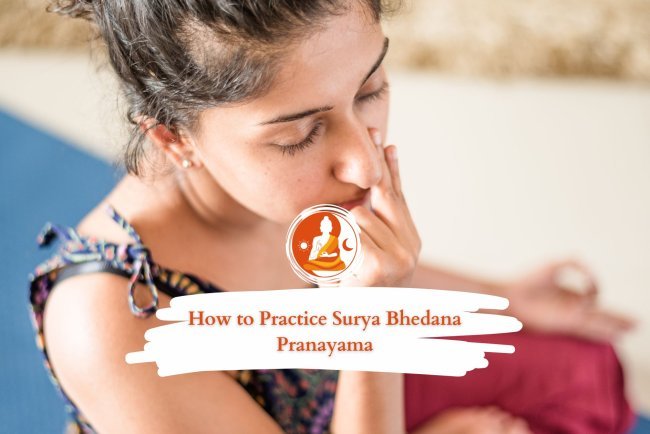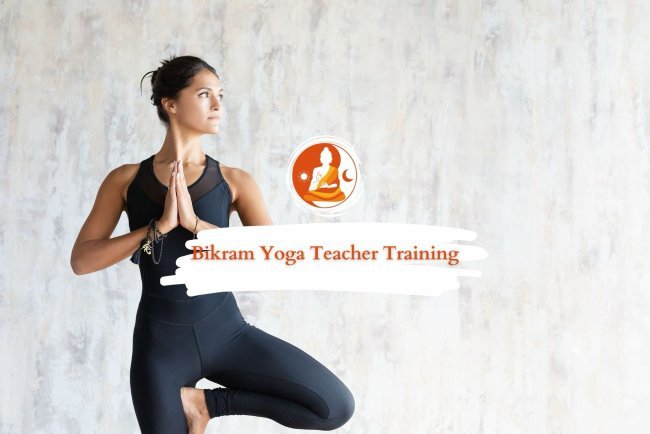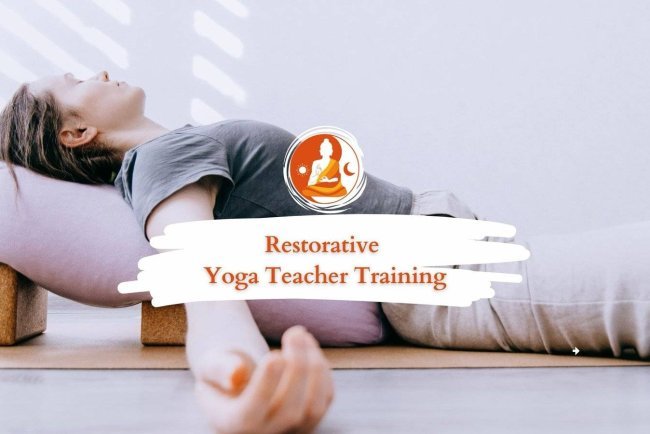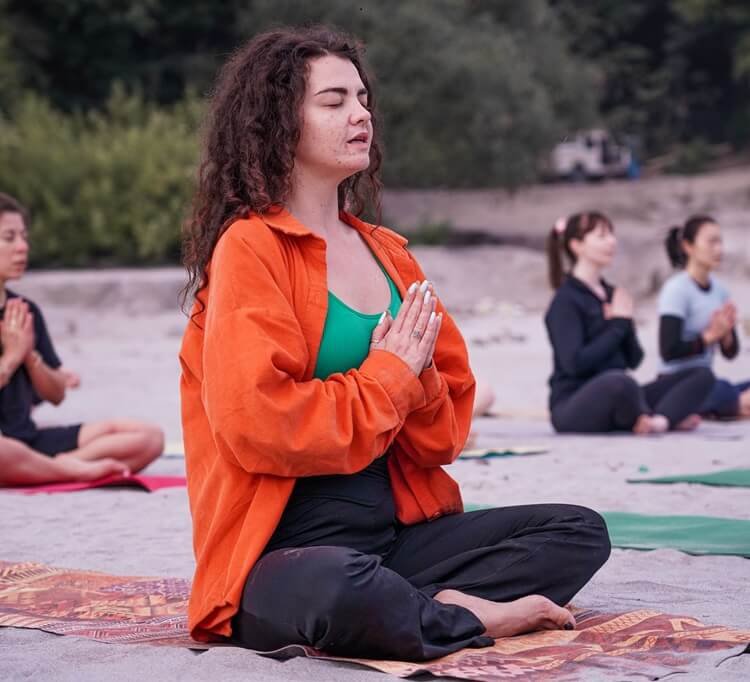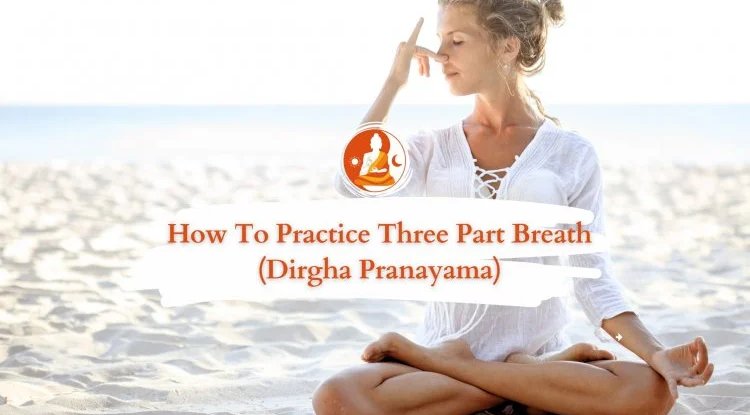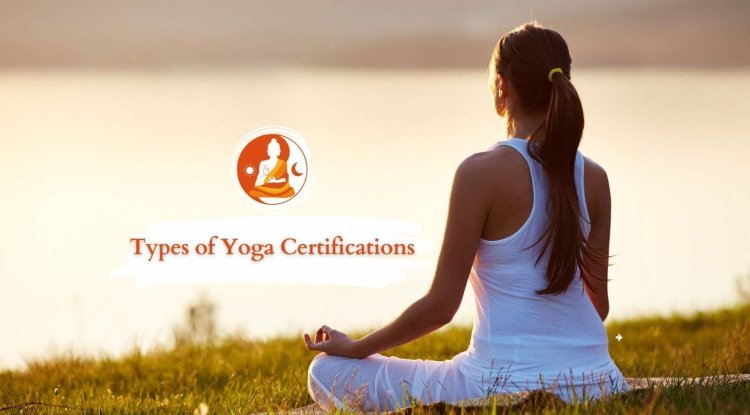Traditional Chandra Namaskar (Moon Salutation): Steps, Sequence and Benefits

Founded in ancient Hindu doctrines and philosophy of yoga, the traditional chandra namaskar sequence offers a method to resonate with the cooling and contemplative qualities of lunar energy. Though less popular than its version, Surya Namaskar (Sun Salutation), Chandra Namaskar has special benefits and spiritual values.
Originating from ancient India, Chandra Namaskar speaks of the significance the moon holds in Hindu mythology and spiritual life. "Chandra" is the Sanskrit word for moon, while "Namaskar" means salutation or greeting. The moon, linked with feminine divine powers and emotions, depicts the subconscious mind and has a definite role in Hindu astrology and influences how human beings think and feel.
The moon is associated with the Ida nadi within the doctrine of yoga. In the subtle anatomy of a human being, there are three primary energy channels: Ida nadi; connected with the left nostril, and represented as carrying cooling, feminine energy. The practice of traditional chandra namaskar is directed at activating and balancing this energy within the practitioner's body.
Benefits of Chandra Namaskar
A regular practice brings many benefits to the individual, including physical, mental, and spiritual ones.
- Causes relaxation and decreases stress
- Improves flexibility and muscle strength
- Balances emotions and enhances intuition
- Induces better sleep
- Builds circulation and strength in the core
- Can balance the hormones
- Increases awareness and presence
- Develops the spirit, attuning to nature's rhythm
The Traditional Chandra Namaskar Series
In traditional chandra namaskar, one practices 14 asanas in a flow. The practice briefly is as follows:
- Pranamasana (Prayer Pose)
- Uttanasana with Raised Arms
- Forward Bend
- Low Lunge
- Plank Pose
- Eight-Limbed Salutation
- Cobra Pose
- Downward Facing Dog
- Low Lunge
- Forward Bend
- Raised Arms Pose
- Prayer Pose
- Half Moon Pose -Right
- Half Moon Pose-Left
A flow of poses that are graciously and meditatively conceived from one to the other. There are many, in fact, variations of this sequence, and how those differ may vary in practices by tradition to include extra poses or slight modifications.
Practice of Chandra Namaskar
To avail maximum benefits of Chandra Namaskar, follow these tips:
- Practice in the evening or at night to flow along with the moon's energy
- Its performance in the full moon phase enhances the beneficial results.
- Move slowly, finding your breath and body sensations in each pose
- Make use of props: the block and/or strap to keep your alignment in check
- You may adapt poses according to the capacities of your body and level of experience
- Combine the practice with meditation to deepen its soothing effects
- Try to introduce Chandra Namaskar into your routine once a week, at least.
- Use intentions set for emotional balance, intuition, and self-reflection before you begin.
- During outdoor practice at full moon, including a few soft moon gazing.
- Blend your practice with cooling pranayama such as Chandra Bhedana - left nostril breathing, or Shitali pranayama.
Key Pose Sequences
While it's excellent to familiarize yourself with the full sequence with a certified instructor, here's a little more detail on a few of the foundational poses in the Chandra Namaskar sequence:
1. Pranamasana (Prayer Pose):
- Stand on your mat, while bringing the feet together.
- Put your palms in front of the heart.
- Close your eyes and set your intention for the practice.
2. Ashwa Sanchalanasana (Low Lunge)
- Step one foot back from the front bend, then come into the lunge.
- Lower back knee to the ground
- Raise arms overhead and subtly arch your back
4. Adho Mukha Svanasana (Downward Facing Dog)
- Start from a plank position, bridge up lifting the hips, and then push back.
- Feets make an inverted V, and keep heels towards the ground.
5. Ardha Chandrasana (Half Moon Pose):
- Take one foot far back from a standing position and turn the front foot out.
- Bend the front knee and bring the hand on the same side onto the floor or a block.
- Extend the opposite arm up toward the ceiling, opening your chest.
- Gaze upward to your raised hand.
- Do this on both sides and move with the breath of the sequence.
Also Read: How to Sequence a Hatha Yoga Class?
The Spiritual Aspect of Chandra Namaskar
It is an asana practice but not just a physical practice; it's also a deep spiritual practice. One can connect to the divine feminine energy of the moon through this practice. Practice the chakra energy of this lunation, full of intuition, receptivity, and emotional balance.
The sequence is best imagined as drawing in peaceful, cooling lunar energies. It can be very strong on a full moon when the moon's energies are said to be the highest. The pattern of movement and breathing work associated with Chandra Namaskar can actually bring about a meditative state where self-inquiry and spiritual vision get richer.
You will also learn how to be in tune with the inner rhythms as you observe the rhythm of the moon and how this practice enables you to harmonize your inner rhythms with the natural cycles of the moon. This tuning into nature's rhythms has been considered to help one maintain a general sense of well-being and spiritual growth.
Conclusion
Traditional Chandra Namaskar is a beautiful and harmonious type of yogic practice that honors the peaceful, reflective nature of the moon. Practicing this particular sequence constantly can lead you to inner peace, emotional balance, and a deeper connection with the natural world.
Whether your intention is to calm your mind, sleep better at night, or explore a new aspect of yoga, Chandra Namaskar is a deeply fulfilling practice available to all. Don't forget to approach the practice with patience, awareness, and respect for where your body tells you, you can and cannot go.
FAQs Section!
A. You can practice every day, but at minimum once a week and preferably in the evenings when the moon is full.
A. Yes. Start with modified poses and as you build strength and flexibility work your way up to the full sequence.
A. You may perform this as a modification that does not contain inversion. Always listen to your body and seek the advice of a certified instructor.
A: Late evening or night; however, you may practice at any appropriate time for you.
A. Many find its calming nature helps improve sleep quality. Try practicing before bedtime.
A: It uniquely focuses on lunar energy, emphasizing cooling and calming effects on the body and mind.
A. Yes! It goes very well with yin yoga or gentle hatha practice.
A. Those who have recent injuries or those pregnant women should see a healthcare provider or prenatal yoga teacher.
A. One cycle may take 5-10 minutes. A full practice of 3-5 cycles could easily take 20-30 minutes.
A. Yes, children can practice a modified version. It will help them slow down at night as they wind up for the day to prepare for sleep and acquire the lunar cycle.
What's Your Reaction?







